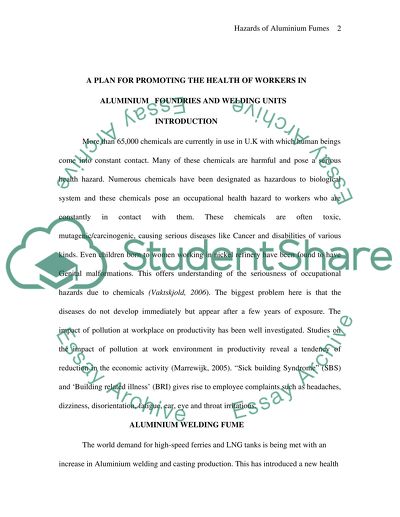Cite this document
(Occupational Health Hazards Research Paper Example | Topics and Well Written Essays - 3000 words, n.d.)
Occupational Health Hazards Research Paper Example | Topics and Well Written Essays - 3000 words. Retrieved from https://studentshare.org/health-sciences-medicine/1502722-occupational-safety
Occupational Health Hazards Research Paper Example | Topics and Well Written Essays - 3000 words. Retrieved from https://studentshare.org/health-sciences-medicine/1502722-occupational-safety
(Occupational Health Hazards Research Paper Example | Topics and Well Written Essays - 3000 Words)
Occupational Health Hazards Research Paper Example | Topics and Well Written Essays - 3000 Words. https://studentshare.org/health-sciences-medicine/1502722-occupational-safety.
Occupational Health Hazards Research Paper Example | Topics and Well Written Essays - 3000 Words. https://studentshare.org/health-sciences-medicine/1502722-occupational-safety.
“Occupational Health Hazards Research Paper Example | Topics and Well Written Essays - 3000 Words”, n.d. https://studentshare.org/health-sciences-medicine/1502722-occupational-safety.


